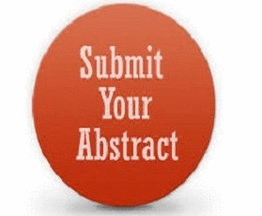Mohammed Hassoon Alwan Radhi
Al Nahrain University, Iraq.
Title: Applications and advantages of gold nanoparticles as X-ray contrast age
Biography
Biography: Mohammed Hassoon Alwan Radhi
Abstract
X-ray medical imaging is one of the most important imaging techniques because its low cost and reachable technique. But it has poor ability of depict soft tissues and small details between soft tissues at the borders of interference. This limitation was overcome by using iodine-based contrast agent but this chemical compound has limitations for use due to its toxicity and side effects. Ten years ago, a new variant contrast agent of medical X-ray imaging was discovered, developed and understudy to date. The new variance factor is gold nanoparticles, which may overcome these limitations because of its excellent properties, where the biological distribution of these Nanoparticles is higher than iodine compounds, interference between bones and soft tissue is more apparent and these nanoparticles stay longer at the targeted site which allows for a longer imaging time. All of the above factors enhance the X-ray diagnostic ability. This study consists of the synthesis of gold nanoparticles, animal preparation (which includes a selection of animal type, housing, preparing the tumor and tumor implantation), intravenous administration of gold nanoparticles to tumor implanted mice then X-ray imaging was taken by conventional X-ray unit. The resulted X-ray images demonstrated that gold nanoparticles were attractive to move towards tumor site through the general circulation and spent more time at the tumor site (inverse the iodine contrast agent) which allows for a longer time of imaging, lower levels of toxicity and side effects. All of the mentioned factors leads to enhancement of X-ray diagnostic (i.e. obtained X-ray images contain the site of abnormality, two dimensions abnormality map, extra details of bone-soft tissue interference and high contrast level).

